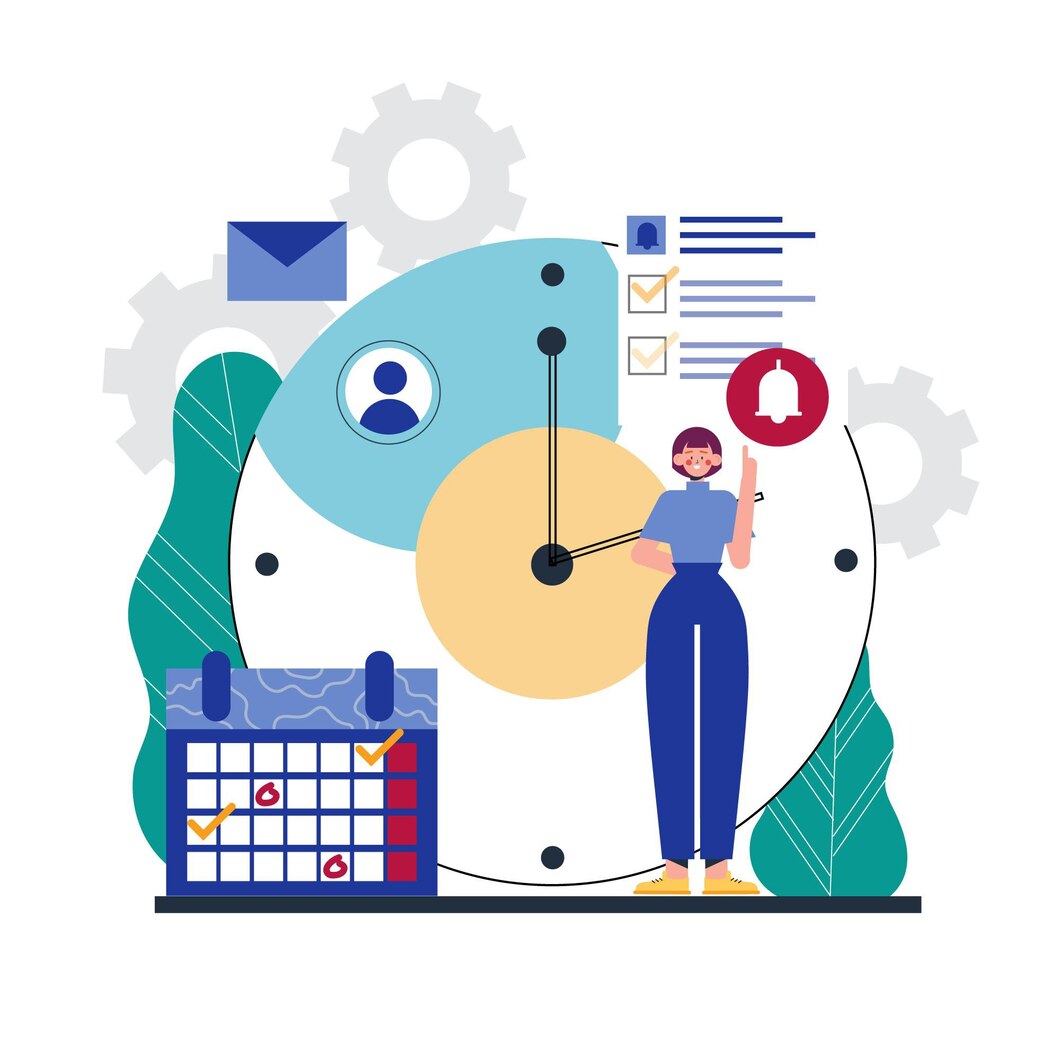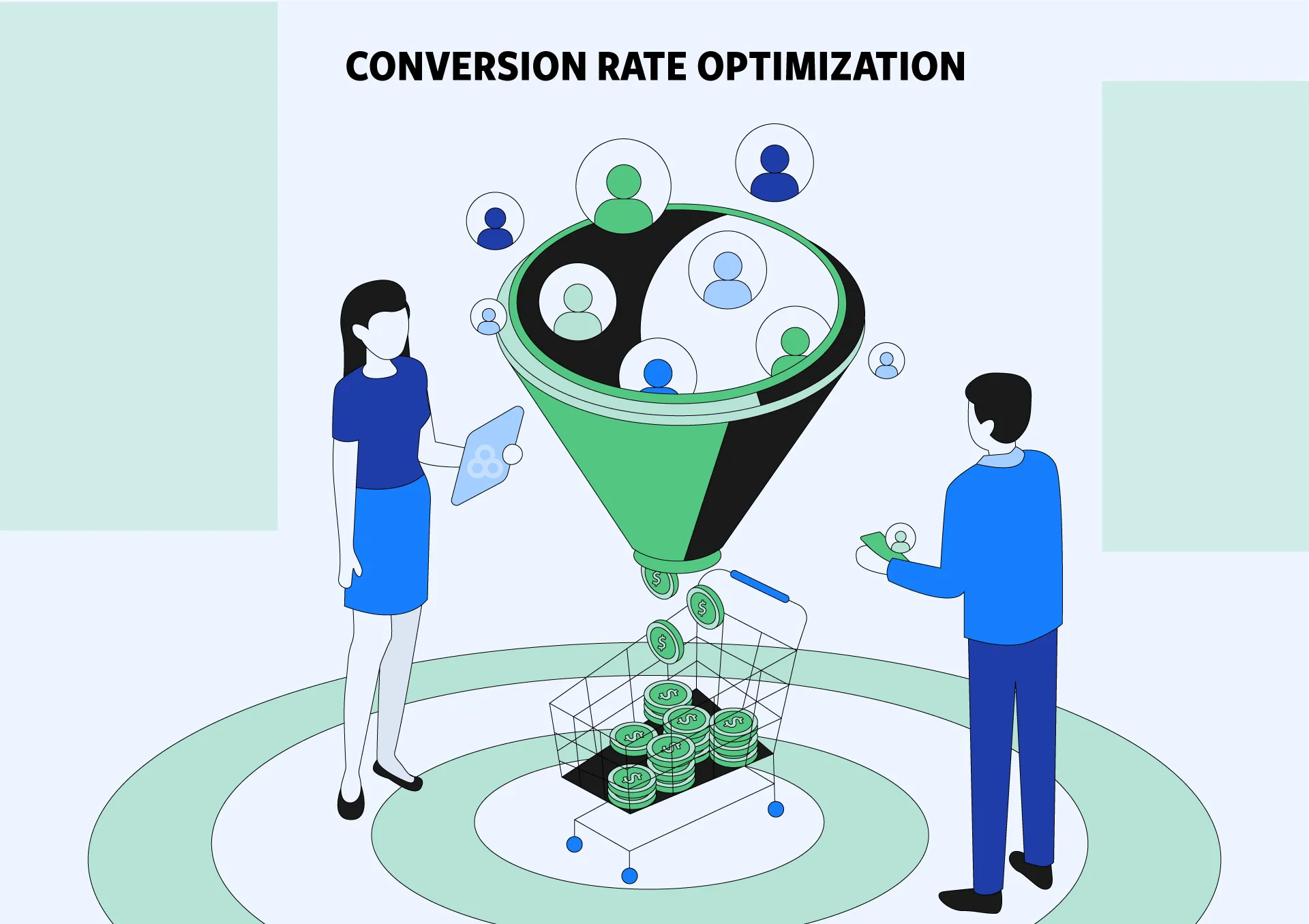Employee burnout has become a serious issue in workplaces worldwide. More than just a fleeting period of stress, burnout can lead to reduced productivity, increased turnover, and significant drops in team morale. To combat this challenge, many companies are turning to solutions like employee monitoring software to better understand and manage their teams’ well-being. But why is burnout so detrimental, and how can monitoring tools help address it? Let’s dive deeper.
What is Employee Burnout?
Employee burnout is a state of chronic physical and emotional exhaustion, often brought on by prolonged work-related stress. Symptoms include fatigue, lack of motivation, reduced job performance, and even physical health issues. When left unaddressed, burnout can have long-term consequences not only for employees but also for the company’s bottom line.
Why is Employee Burnout a Major Concern for Companies?
Burnout doesn’t just affect individual employees; it impacts entire teams and can disrupt organizational goals. Here’s why companies should prioritize preventing and managing burnout:
- Reduced Productivity
- Burnt-out employees are often too mentally or physically drained to perform at their best. This results in reduced output, lower quality of work, and a decrease in overall productivity.
- Burnt-out employees are often too mentally or physically drained to perform at their best. This results in reduced output, lower quality of work, and a decrease in overall productivity.
- Increased Absenteeism and Turnover
- Burnout is a leading cause of employee turnover. Workers who feel overworked and undervalued are more likely to seek opportunities elsewhere. The result is a costly cycle of hiring and training new employees.
- Burnout is a leading cause of employee turnover. Workers who feel overworked and undervalued are more likely to seek opportunities elsewhere. The result is a costly cycle of hiring and training new employees.
- Negative Impact on Workplace Morale
- When burnout affects one team member, it often affects others, creating a toxic work environment. Decreased morale can lead to more stress, less collaboration, and a decline in overall company culture.
- When burnout affects one team member, it often affects others, creating a toxic work environment. Decreased morale can lead to more stress, less collaboration, and a decline in overall company culture.
- Health and Safety Risks
- Prolonged burnout can lead to physical health problems such as high blood pressure, heart disease, and mental health challenges like anxiety and depression. Not only does this impact employees’ lives, but it can also increase health-related costs for the company.
How Employee Monitoring Software Helps in Combating Burnout
While employee monitoring software is typically associated with tracking productivity, it can also play a crucial role in spotting burnout signs early. Here’s how these tools can help create a healthier work environment:
- Workload Management
- Monitoring software provides insights into employees’ workloads, helping managers identify those who may be overextended. By analyzing productivity data, managers can proactively reassign tasks or adjust deadlines to ensure no employee is overwhelmed.
- Monitoring software provides insights into employees’ workloads, helping managers identify those who may be overextended. By analyzing productivity data, managers can proactively reassign tasks or adjust deadlines to ensure no employee is overwhelmed.
- Identifying Patterns of Stress
- Employee monitoring software can help identify patterns of prolonged working hours, missed breaks, or other signs of overwork. These indicators can prompt managers to address potential burnout risks before they escalate.
- Employee monitoring software can help identify patterns of prolonged working hours, missed breaks, or other signs of overwork. These indicators can prompt managers to address potential burnout risks before they escalate.
- Promoting Balanced Work Hours
- With features that track time and task completion, monitoring software can encourage healthier work habits. Companies can set alerts or encourage employees to take breaks, log off on time, and avoid working excessive hours.
- With features that track time and task completion, monitoring software can encourage healthier work habits. Companies can set alerts or encourage employees to take breaks, log off on time, and avoid working excessive hours.
- Encouraging Open Communication
- Monitoring data can act as a conversation starter between managers and employees. When employees see that their work patterns are noticed, they may feel more comfortable discussing their workload, stress levels, and possible adjustments.
- Monitoring data can act as a conversation starter between managers and employees. When employees see that their work patterns are noticed, they may feel more comfortable discussing their workload, stress levels, and possible adjustments.
- Supporting Remote Workers
- For remote teams, monitoring software provides visibility into employees’ working hours without needing to micromanage. This helps managers support remote employees in managing their time and maintaining a work-life balance, which can be more challenging in remote settings.
Best Practices for Using Employee Monitoring Software to Address Burnout
To ensure that employee monitoring software is effective in managing burnout, companies should use it thoughtfully. Here are some best practices:
- Focus on Productivity, Not Surveillance
- Use monitoring software to help employees manage their workload, rather than micromanaging every task. Employees should feel supported, not scrutinized, by the tools in place.
- Use monitoring software to help employees manage their workload, rather than micromanaging every task. Employees should feel supported, not scrutinized, by the tools in place.
- Respect Employee Privacy
- Maintain a balance between gaining insights and respecting privacy. Avoid intrusive tracking methods that can create mistrust and add to stress.
- Maintain a balance between gaining insights and respecting privacy. Avoid intrusive tracking methods that can create mistrust and add to stress.
- Provide Regular Feedback
- Use the data from monitoring software to provide constructive feedback and recognize employees’ efforts. Celebrating achievements and acknowledging hard work can go a long way in reducing burnout.
- Use the data from monitoring software to provide constructive feedback and recognize employees’ efforts. Celebrating achievements and acknowledging hard work can go a long way in reducing burnout.
- Foster a Positive Work Culture
- Monitoring tools should be one part of a broader strategy to create a supportive work environment. Encourage open communication, flexibility, and work-life balance to help prevent burnout at its source.
Final Thoughts
Burnout is a growing concern for companies worldwide, and it’s more important than ever to prioritize employee well-being. With thoughtful implementation, employee monitoring software can provide insights that help companies prevent burnout by managing workloads, promoting balance, and fostering a supportive environment. A focus on productivity—combined with genuine care for employee health—can help build a resilient and engaged workforce. In the end, supporting employees’ well-being isn’t just the right thing to do; it’s essential for the long-term success of any organization.



